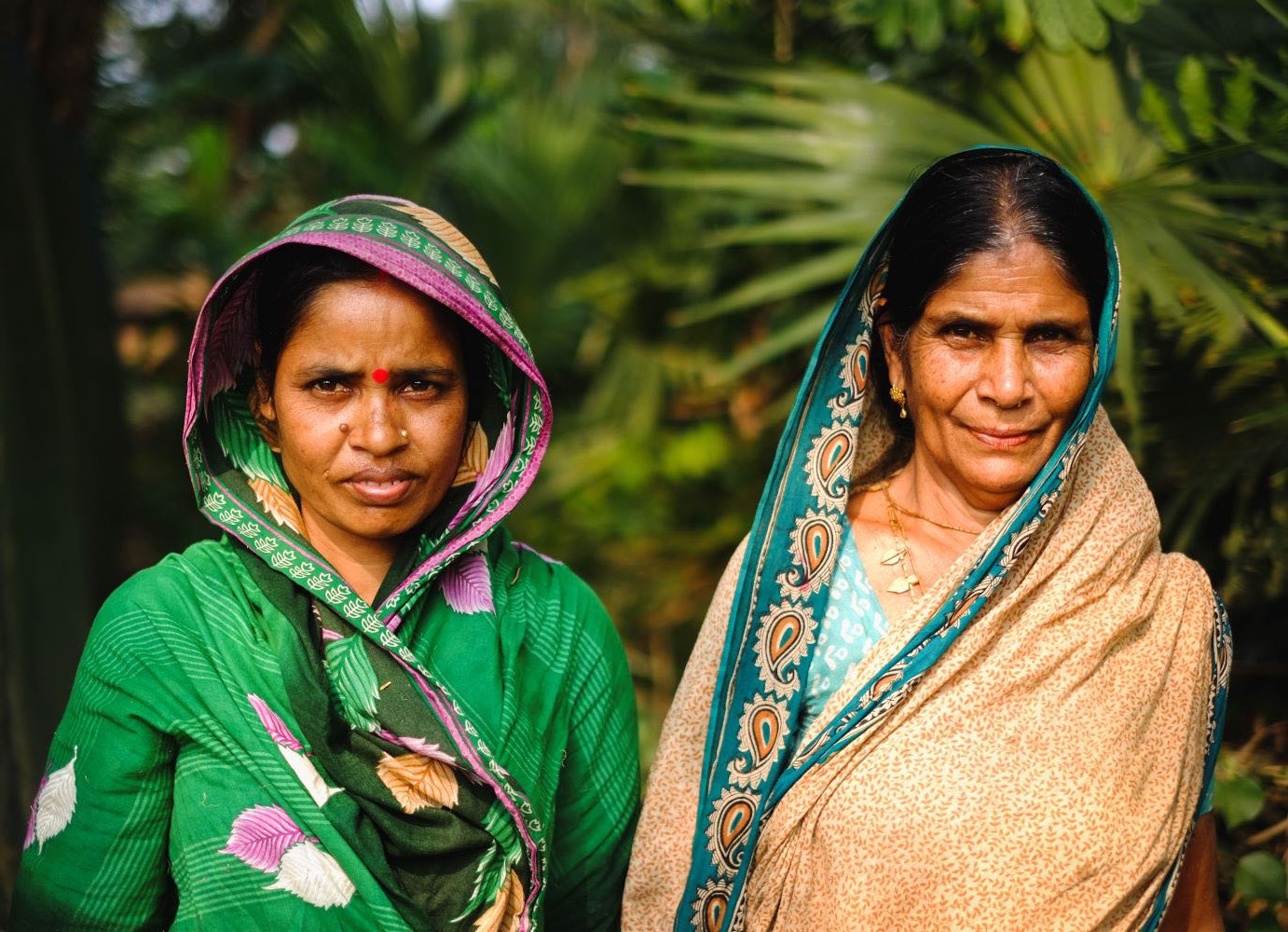This is one of a series of CGD blogs on improvements to the SDG targets.
Global health plays a less prominent role in the Sustainable Development Goals (SDG) than it did in the Millennium Development Goals (MDG).
The MDGs were good for global health; more public spending and donor funding was mobilized and progress on many of the MDG outcomes was somewhat faster than might have been expected given pre-MDG trends. In terms of lessons learned, there was much consensus that goals and targets should be ambitious but achievable with good policy.
Now the Open Working Group (OWG) proposal for the SDGs gives global health a single goal, nine targets and twenty-three indicators (compared to three entire MDGs). But do they reflect the lessons learned from the MDGs as well as they might? Not at the moment. But all is not lost: two quick fixes–modeled target outcomes and data quality targets–might make a difference.
First, many of the targets remain more delusional than aspirational. Zero targets for preventable child deaths and most communicable diseases fall into this category (3.2 and 3.3). On the one hand, no one seems to care that zero targets might not be a cost-effective or affordable investment in most low- and middle-income countries over the next 15 years. On the other hand, few of the targets appear to be backed up by extensive modeling, in spite of the field’s intensifying efforts to support economic and epidemiological modeling in communicable disease.
As a near-term improvement, the targets and associated indicators could be adjusted to reflect optimistic but still achievable modeled outcomes. Global Health 2035’s modeling of mortality would be an easy starting point and models prepared for the Global Fund’s last replenishment are also available, among others. Any models actually adopted for the purposes of the targets should be already or soon to be published in the public domain; this would allow countries to assess their realism and resource requirements, or to generate their own models. Perhaps target 3.2 could be adjusted to “by 2030, end preventable deaths of newborn and under-five children, reducing child deaths to below 30 per thousand in every country.”
Second, the MDGs highlighted areas where data and statistics were weak, and without measurement, the goals lose their power to shape resource allocation and accountability. Yet the OWG has selected targets where the primary data is so weak that they do not allow for the calculation of an accurate denominator, much less modeling. This would apply to target 3.1 (maternal mortality), target 3.5 (substance abuse) and target 3.9 (environmental contaminants). A quick fix might involve setting measurement and reporting quality targets as a first step, and reserving an outcomes target until baselines are established.
While the UN timeline keeps the SDG train chugging towards the September adoption of the post-2015 development agenda, we should take the time to assure that Goal 3 delivers as much as it can to galvanize greater investment and effort for global health.
CGD blog posts reflect the views of the authors, drawing on prior research and experience in their areas of expertise.
CGD is a nonpartisan, independent organization and does not take institutional positions.





